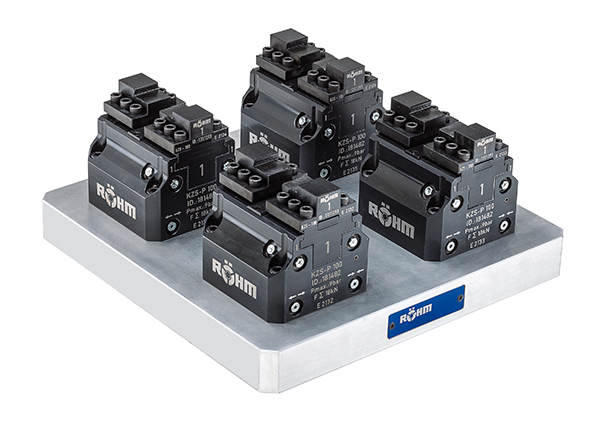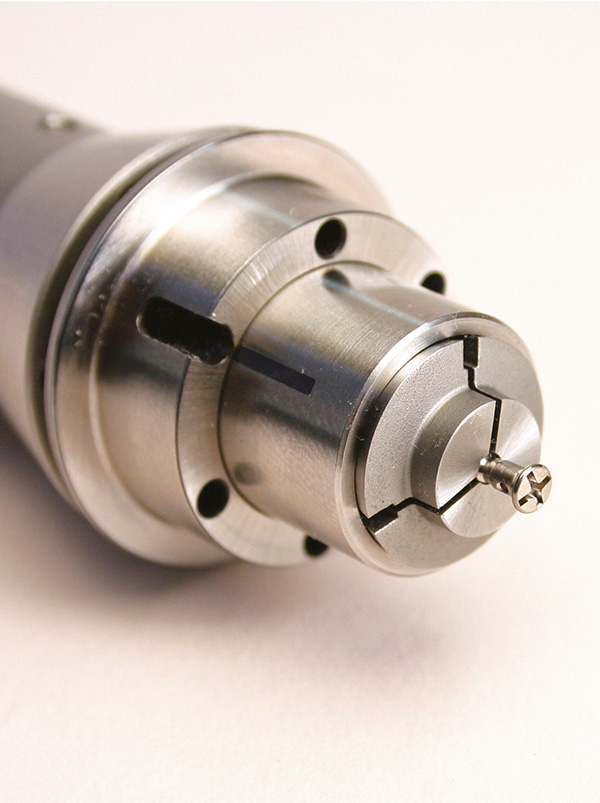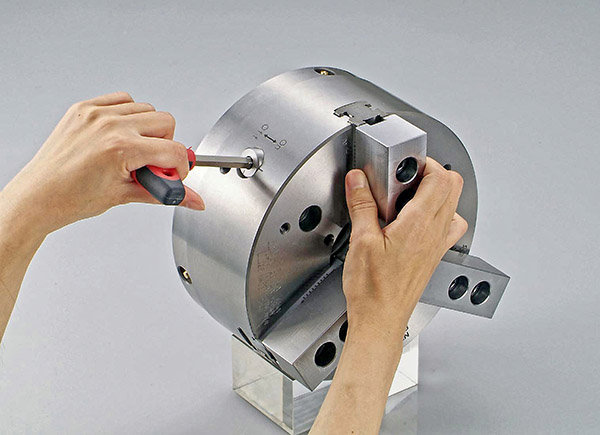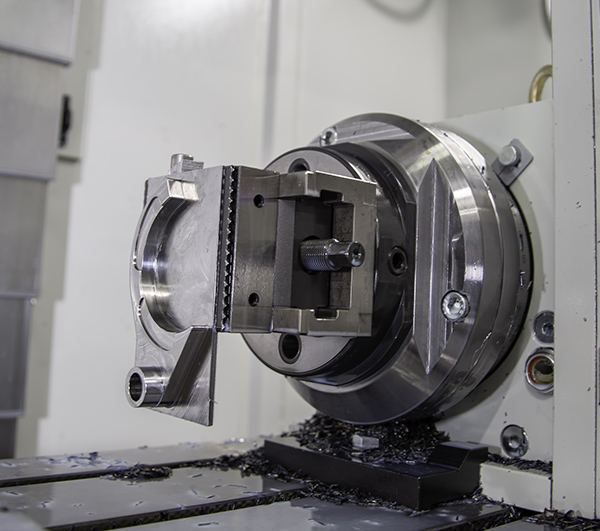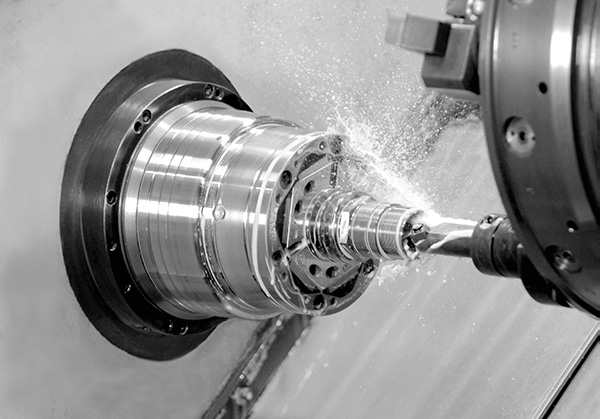The upgraded KZS centric-clamping vices from Röhm are suitable for, among other things, six-sided machining involving two clamping operations on round or prismatic workpieces. KZS range vices deliver clamping forces of up to 55 kN, an increased clamping range of 20% and a reduced interfering contour for optimal chip flow.

For use in three-axis, four-axis and five-axis machining centres, as well as all the usual zero-point clamping systems, both of the products in the range can be operated either pneumatically or hydraulically. In particular, this fact also means they are suited to scenarios involving robot-assisted workpiece loading. Here, the cost-saving opportunities are large. For example, one or two KZS clamping blocks can replace a large number of manual vices in automated procedures.
KZS vices can be loaded directly into the machine by a robotic arm. This potential means that it is not necessary for an operator to pre-position the workpiece outside the machine with an extra clamping device. Furthermore, a separate manual vice needs not be available for each component. When combined with a zero-point clamping system, such an arrangement makes it possible to shorten cost-intensive set-up times. Röhm can even adapt its centric-clamping vices to other manufacturers’ zero-point clamping systems. The direct benefits for the user are shorter set-up times, better utilisation of machine times and higher productivity levels.
With KZS vices, the precision wedge hook system is said to result in superior part quality and a high level of process reliability. Furthermore, an improved lubrication solution ensures that the clamping forces always remain at their highest level. Consequently, the clamping blocks are also suited to sophisticated milling operations associated with high material removal rates, high cycle numbers and tight machining tolerances.
For further information www.roehm.biz






